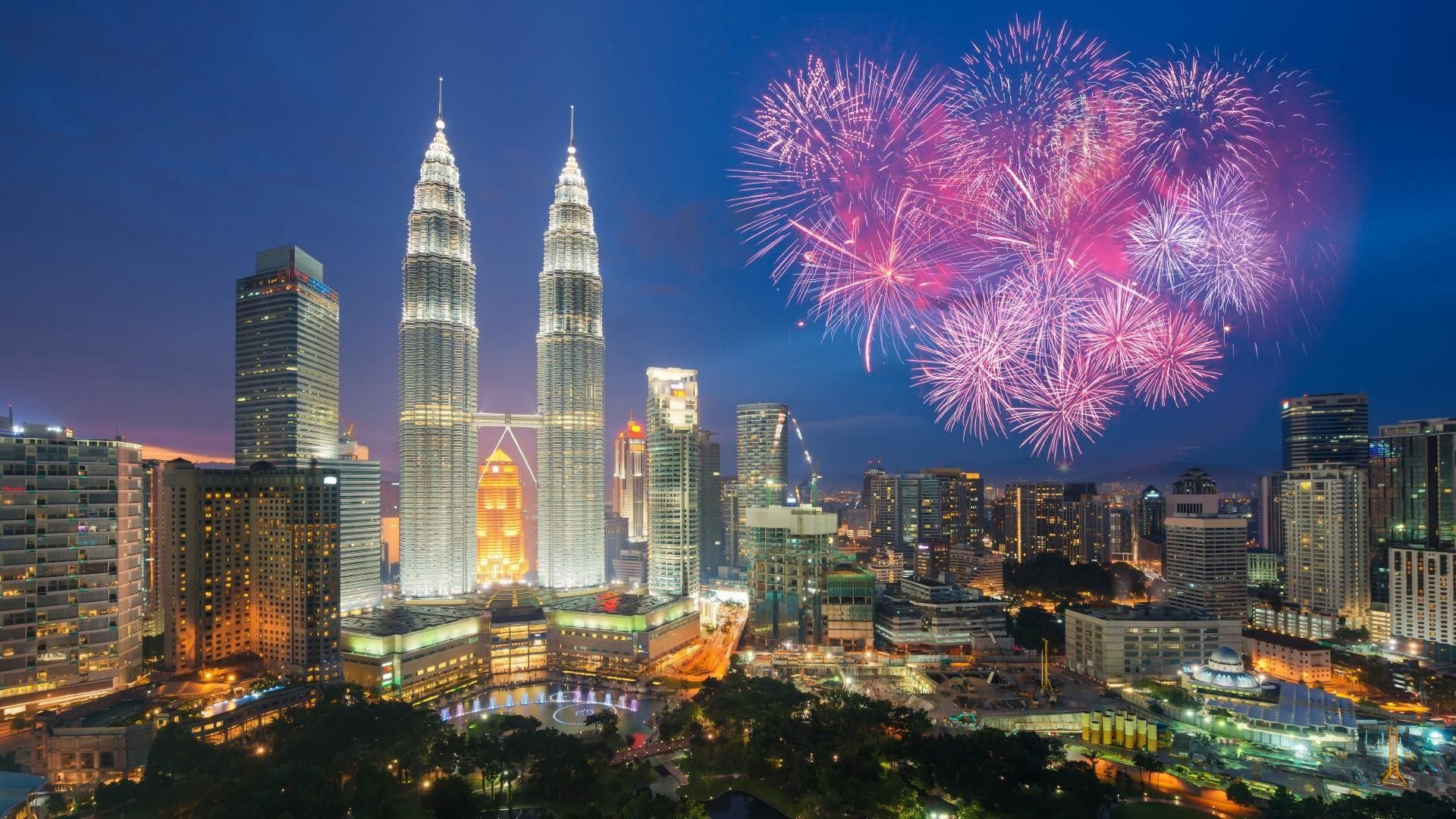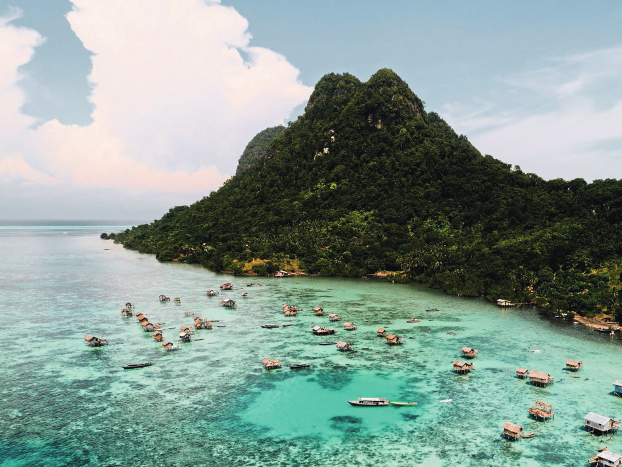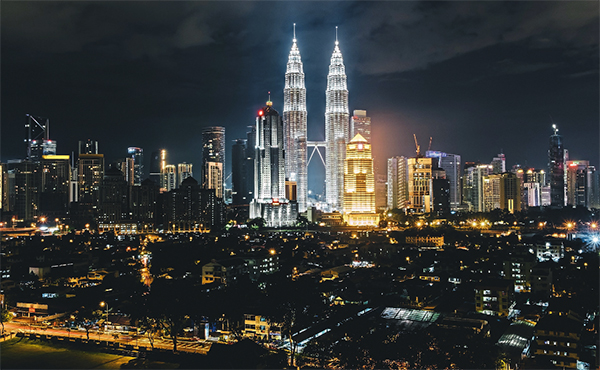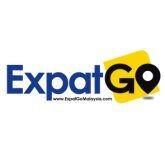
Malaysia is one of Asia’s most dynamic and fascinating countries. With an abundance of natural resources, great connectivity to the region and world, and plenty of things to see and do, it’s a fine place for expats to call home.
WEATHER
In Malaysia, the climate is tropical; hot and humid to most visitors. During the rainy season, storms are typically heavy, but usually don’t last more than one or two hours. The rainy season (monsoon) varies depending on which part of the country you are in; the Southwest season runs from May to October, while the Northeast season runs from November to March
(although rain is getting more erratic, perhaps due to climate change).
GEOGRAPHY
The country is divided into 13 states and three federal territories, and the capital city is Kuala Lumpur. It has a total land area of about 330,000 sq km, which is divided into two sections divided by the South China Sea: Peninsular Malaysia, and Malaysian Borneo. Malaysia shares a land border with Thailand, Indonesia, and Brunei, and a maritime border with Singapore, the Philippines, and Vietnam.

FIGURES
As of a late 2019 estimate, Malaysia’s population stands at approximately 32.9 million, and the GDP (PPP, 2020 est.) is about RM1.15 trillion. The approximate percentage of ethnic groups is 50.1% Malay, 22.6% Chinese, 11.8% Indigenous (orang asli), 6.7% Indian, and 8.8% other.
CULTURE
Malaysia is a country of diverse cultures. The three main groups of Malaysians are Malay, Chinese, and Indian, each claiming a long history here. All Malaysians are allowed to practice their customs freely, creating one of the most stable and secure places to visit and conduct business in Southeast Asia. Most Malaysians are very friendly and interested in your impressions of their country, and they are always happy to converse or offer help and advice to those who ask.
LANGUAGE
Although nearly everyone speaks at least a little English, the official language of Malaysia is Bahasa Malaysia (a close linguistic relative of Bahasa Indonesia) and a few words in the local language, like terima kasih (“thank you”), will earn you a warm smile. Malaysia is a country of many languages; besides English and Malay, you will hear Mandarin, Cantonese, and Tamil, along with smatterings of Thai and Tagalog, among others.
FESTIVALS
Each culture has its festive holidays, so for multicultural Malaysia there is always something going on; Hari Raya, Chinese New Year, Deepavali, the Mooncake Festival, Thaipusam – they are all celebrated with joy and colour. Malaysia is known for its large number of holidays to celebrate everything from Merdeka Day and Christmas to the Prophet Muhammad’s Birthday and Labour Day.
TRAVEL
Malaysia is easily accessible from most parts of the world via Kuala Lumpur International Airport, the home of the national carrier Malaysia Airlines. Low-cost carriers operate out of nearby KLIA2. There are seven other international airports in Penang, Langkawi, Melaka, Senai, Kota Kinabalu, Miri, and Kuching. Malaysia has 58 airports in total. There is a limited train service connecting parts of the country, although a more popular option for long-distance travel is by bus, of which there are many routes and companies. Ferries also provide access to the islands. In Kuala Lumpur, there is a decent train network, and cities typically have plenty of taxis available, with ride-hailing apps offering service in most larger cities in Malaysia.

FOOD
The tastes of Malaysia are as varied as the cultures they represent. Rich Malay food, exotic Chinese food, spicy Indian food… eating is the national pastime, and cities and bigger towns will offer a huge array of other cuisines too. Expect to find Italian, Spanish, French, Japanese, Iranian, Mexican, Persian, Turkish, Irish, and Korean among the food choices, with establishments ranging from streetside stalls to expensive hotel restaurants. Buying local foods is very cheap, while foreign foods are often more expensive. Supermarkets stock a wide variety of imported foreign goods as well as locally produced ones, and there are many markets where very fresh (and cheap) produce can be bought, including seafood, meats, vegetables, fruit, and spices.
MONEY
The unit of currency in Malaysia is the Ringgit Malaysia (RM), which is divided into 100 sen. Currency notes are available in denominations of RM1, RM5, RM10, RM20, RM50, and RM100. Coins come in 5 sen, 10 sen, 20 sen, and 50 sen pieces, and prices are rounded to the nearest 5 sen. The ringgit took a sustained beating from 2015 to late 2017, shedding over 25% of its value against the US dollar at its worst. Since then, however, and into 2020, the ringgit has been performing relatively better against the US dollar, though most other conversions showed less improvement. As of late February 2020, exchange rates were as follows:
USD1: RM4.14
GBP1: RM5.40
EUR1: RM4.49
SGD1: RM2.98
JPY100: RM3.77
HEALTH
Malaysia offers free hospital healthcare for all citizens paying tax, but there are also many private medical centres throughout the country which offer a very high standard of care. Run by medical professionals who have often trained abroad and speak good English, Malaysian private medical centres are popular with “health tourists” who come to Malaysia to get their treatments done at a significantly lower cost than they would pay in their home country (especially America or Europe). Medical tourism in Malaysia is a growing industry, owing to the overall quality of healthcare here.
"ExpatGo welcomes and encourages comments, input, and divergent opinions. However, we kindly request that you use suitable language in your comments, and refrain from any sort of personal attack, hate speech, or disparaging rhetoric. Comments not in line with this are subject to removal from the site. "


